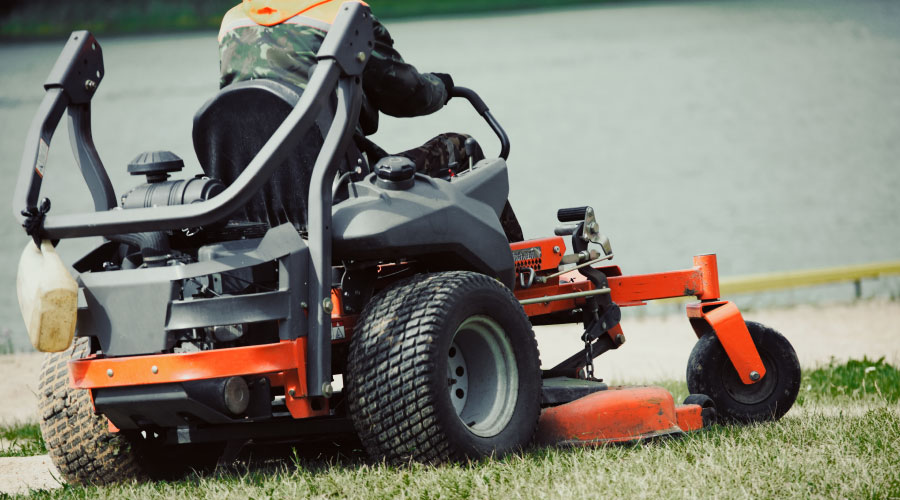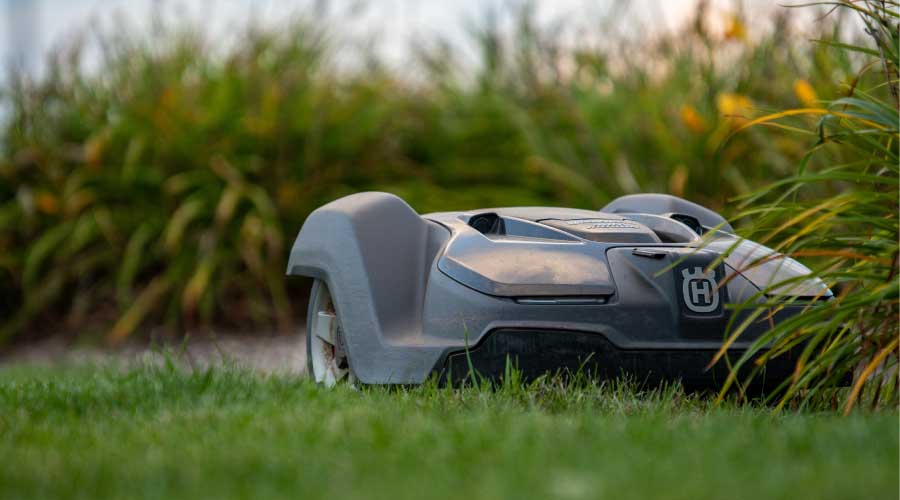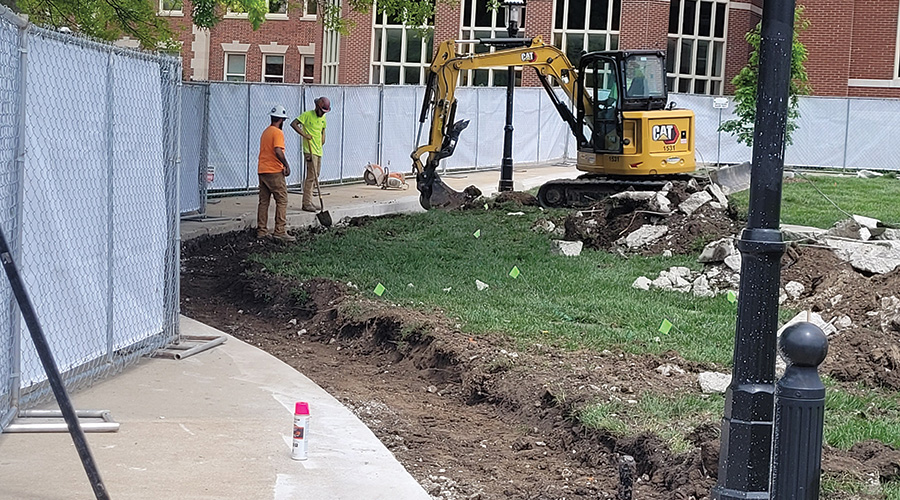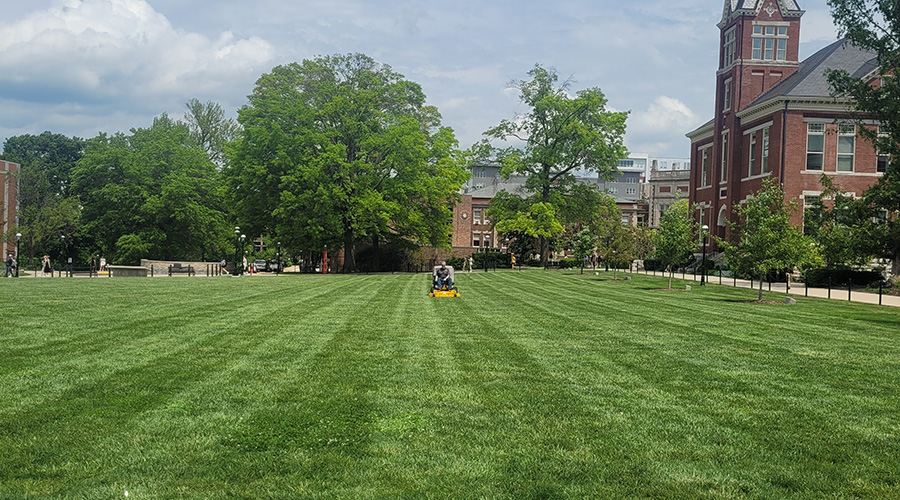Buying Utility Vehicles: Determine Needs, Improve Efficiency
Whether working on next week’s schedule, the 2009 budget or a five-year strategic plan, managers constantly face the challenge of doing more work with less money. Equipment selection is an essential element in any management strategy designed to meet the bottom-line demands of grounds care operations.
Mowers, blowers, edgers, spreaders, and sprayers have long been staples of a landscape manager’s equipment arsenal, but many managers now consider utility vehicles just as indispensable when it comes to getting work done. Manufacturers are responding by continuing to expand their product lines to meet user demands for more power and versatility, as well as greater contributions to sustainability.
Assessing Needs
Utility vehicles perform two distinct tasks within grounds maintenance departments. One task involves transporting personnel, equipment and materials.
Utility vehicles also can handle many tasks, including mowing or spraying, typically performed using tractors. Many manufacturers offer utility vehicles suitable for all the needs of a grounds maintenance department.
Most manufacturers offer several models from which to choose, and with the array of features, optional equipment, and accessories, the possibilities might seem endless. Customized vehicles also are available.
As with any equipment purchase, the specification process starts with understanding staff needs based on their tasks and identifying areas in which efficiency should increase. Deciding whether a utility vehicle fits the bill includes listing specific needs based on activities. The list might include greater fuel efficiency, faster transportation to work sites, debris collection and snow plowing. Based on these needs, managers then can list the desired equipment options and features and start looking at available vehicles and their costs.
A utility vehicle might not address a department’s every equipment requirement, and workers still might require specialized tools. But reviewing utility vehicles’ features and options, based on the needs list and the budget, can help managers choose the most versatile, multi-purpose, cost-effective vehicle available.
Related Topics:















